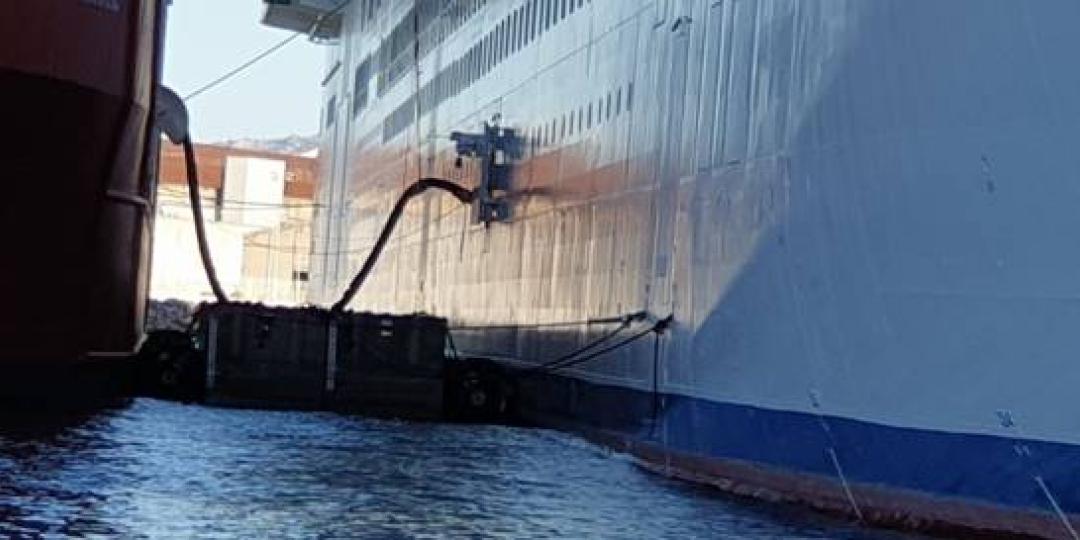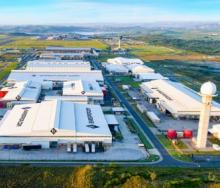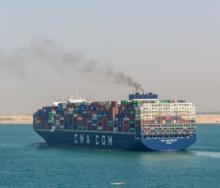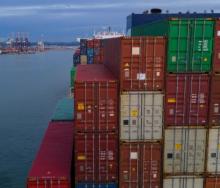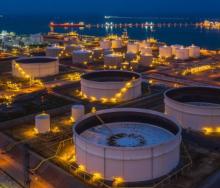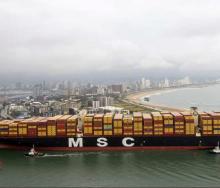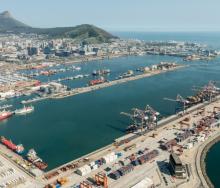The recent signing of a Memorandum of Understanding (MoU) by key stakeholders will go some way to increasing understanding about the safe, effective and sustainable use of all gases as marine fuel. A particular focus will be the potential use of ammonia from source to ship, with all related safety, operational and sustainability considerations.
Signatories of the MoU are The Society for Gas as a Marine Fuel and IAPH with its Clean Marine Fuels Working group.
The agreement effectively brings together the principal technical stakeholders needed to accelerate the adoption of alternative liquefied gas fuels at ports: SGMF with its energy majors, gas suppliers, equipment manufacturers, technology providers, classification societies, shipyards, shipowners and operators with the world’s principal port authorities and terminal operators from IAPH.
The Society for Gas as a Marine Fuel (SGMF) was formed in 2013 with the primary objective of advocating the safe and sustainable use of low flashpoint fuels for ships, says Mark Bell, general manager and COO of SGMF.
“Safety is the prevalent factor, and as the industry transitions towards an inevitable low-carbon future, at SGMF we are looking forward to working with IAPH’s experts from ports, many of whom are either already operational or who are in the process of implementing infrastructure that provides alternative fuels to vessels.”
“As with the recent commenting paper submitted by IAPH to the IMO on the case for MBM revenue allocation to land-based infrastructure, it is our belief that ports may serve as the key link between the land-based fuel producers and the sea-based fuel consumers, as well as the link between fuel production and other non-shipping fuel consumers,” said IAPH technical director Antonis Michail.
“Ports have the potential to act as energy hubs as a cheaper and safer alternative than storing it elsewhere. SGMF members with their technical competencies have the potential to help us make that happen.”
